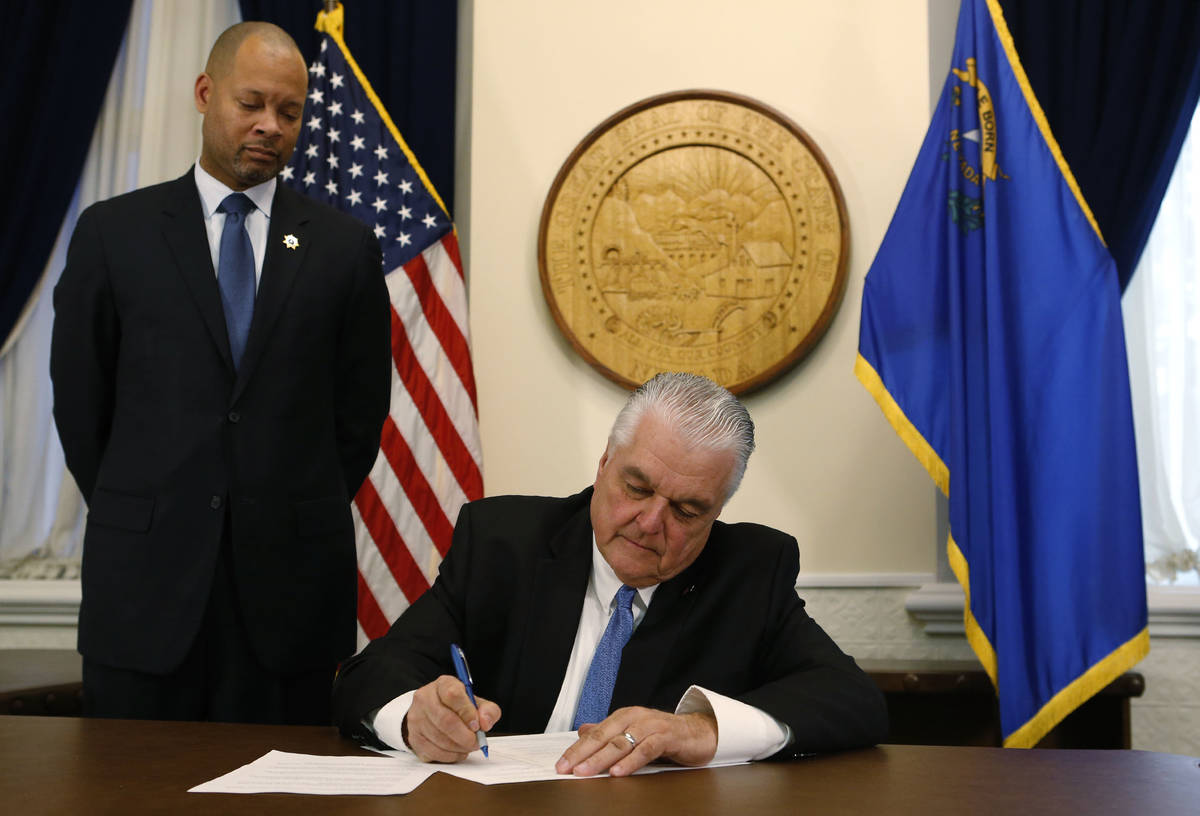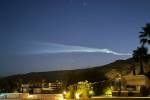Sisolak declares state of emergency due to quake-damaged roads
Gov. Steve Sisolak declared a state of emergency for parts of Nevada after a powerful earthquake last week extensively damaged transportation routes in three counties.
The 6.5-magnitude temblor was “the largest earthquake the State has experienced in the last six decades” and generated “vast disruptions and extensive damage” to transportation routes in Esmeralda, Mineral and Nye counties, the governor’s office said in a release. The release cited U.S. Highway 95, U.S. Route 6 and Nevada state Route 360 as affected routes.
The governor’s office said emergency repairs were made to get the roads reopened quickly, but more extensive repairs are needed. The repairs are expected to cost more than $700,000, but the emergency declaration will allow the state to access Federal Highway Administration Emergency Response funding, the office said.
“Nevadans and those traveling through our State need safe roads,” Sisolak said in a statement. “This declaration of emergency will help the Nevada Department of Transportation respond quickly and efficiently.”
Contact Alexis Egeland at aegeland@reviewjournal.com or 702-383-0335. Follow @alexis_egeland on Twitter.





























